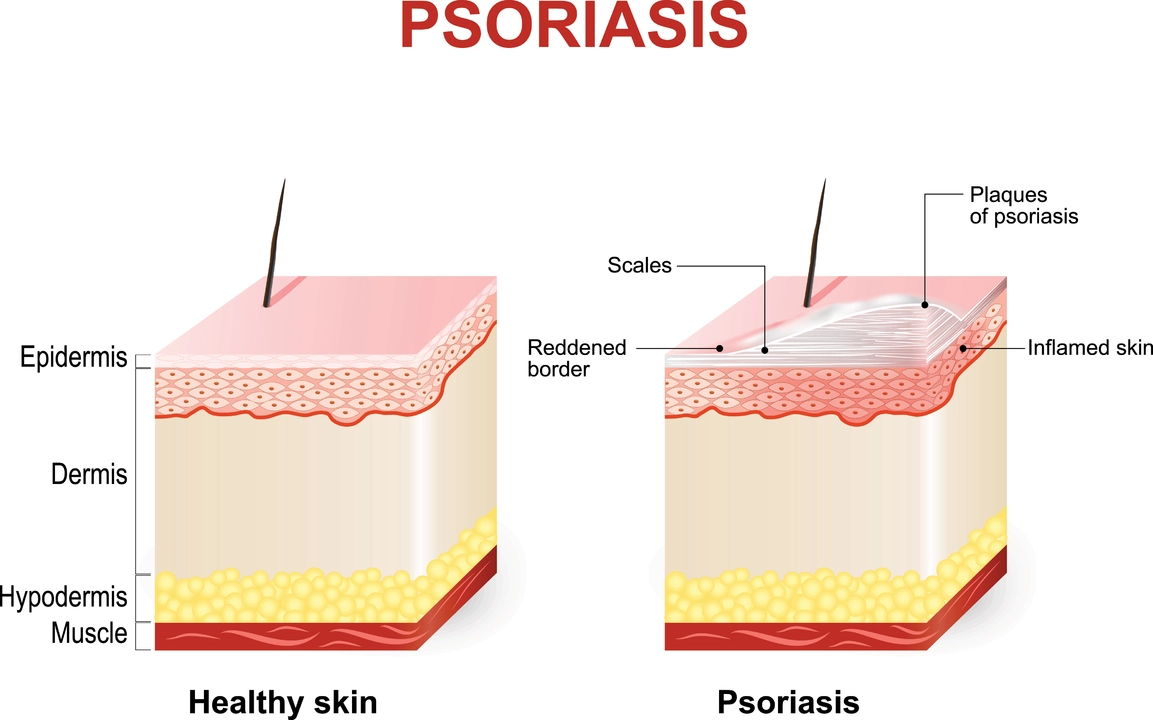Workplace Accommodations: What They Are and How to Get Them
If you need a tweak at work – maybe a standing desk, flexible hours, or a quieter space – you’re looking for a workplace accommodation. It’s simply an adjustment that helps you do your job safely and effectively despite a disability or health condition.
These changes aren’t perks; they’re legal rights under laws like the Americans with Disabilities Act (ADA) in the U.S., the Equality Act in the UK, and similar rules worldwide. The goal is to level the playing field so you can focus on your work instead of battling obstacles.
Understanding Workplace Accommodations
A reasonable accommodation can be anything from a physical modification (ramps, ergonomic chairs) to a policy change (flex time, remote work). The key word is “reasonable” – it shouldn’t cause undue hardship for the employer. Most companies have a simple process: you tell HR or your manager about your need, they assess the request, and then they work with you on a solution.
Common examples include:
- Adjusting lighting to reduce glare for migraine sufferers.
- Providing screen-reading software for visually impaired staff.
- Allowing extra breaks for someone managing chronic pain.
- Modifying job duties so a physical limitation doesn’t become a safety risk.
These tweaks often cost very little but make a huge difference in productivity and morale.
How to Ask for and Implement Adjustments
The first step is a clear, honest conversation. Write down what you need, why it matters, and how it helps you perform your duties. If you have medical documentation, keep it handy – many employers ask for proof that the request is related to a disability.
When you submit the request, be specific. Instead of saying “I need help,” say “A height‑adjustable desk would let me work comfortably without back pain.” Specifics make it easier for HR to act quickly.
If your employer suggests an alternative, consider whether it meets the same goal. Sometimes a slightly different solution works just as well – like a noise‑canceling headset instead of moving you to a quiet room.
Once an accommodation is approved, set a timeline for implementation and check in regularly. Small hiccups happen; a quick follow‑up can keep things on track without drama.For managers, the best practice is to respond promptly, keep the discussion confidential, and focus on the employee’s ability to succeed. Offering a trial period can help both sides see what works before making it permanent.
Remember, accommodations aren’t a one‑size‑fits‑all thing. What helps one person might not suit another, so flexibility is key. When everyone feels supported, productivity rises and turnover drops – a win for the whole team.
